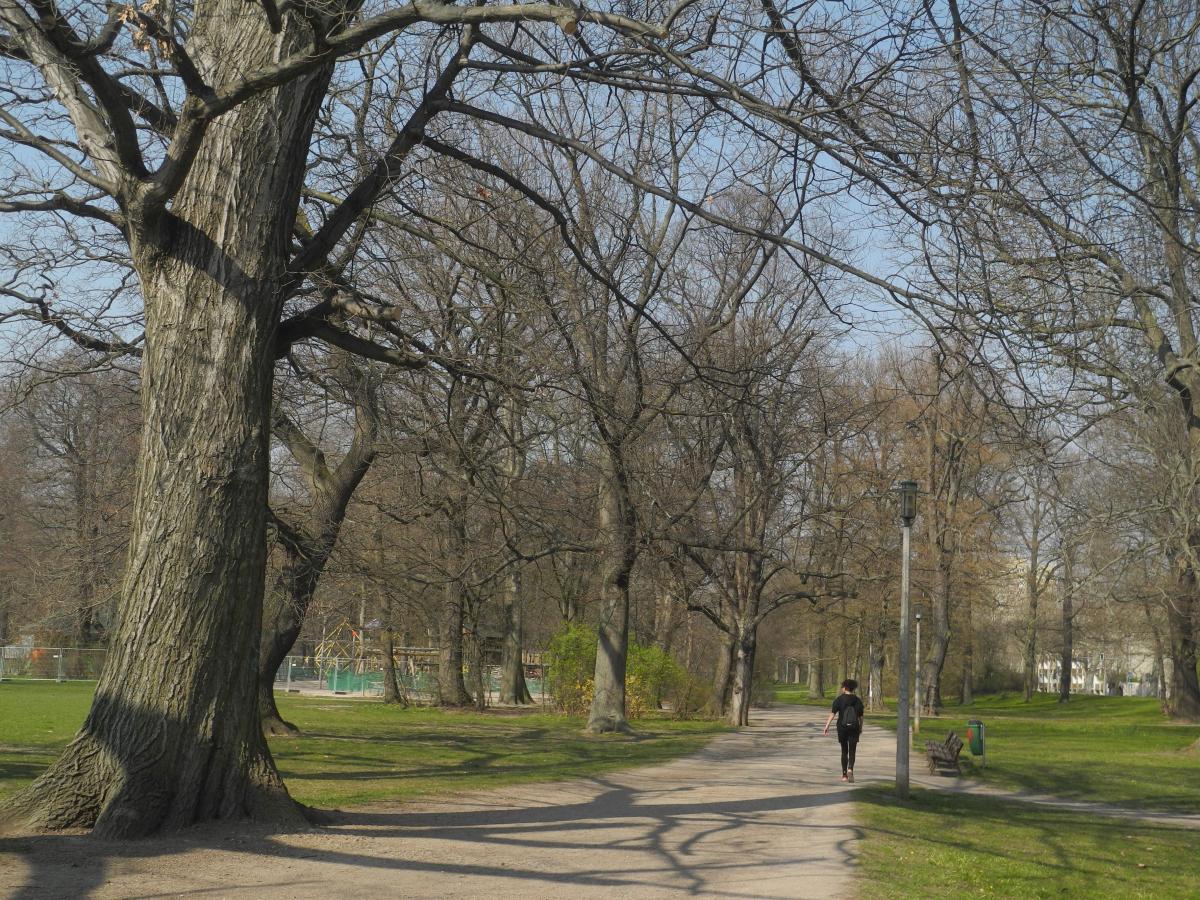Green refuges for enabling cities’ preparedness for future pandemics and global change.
Urban parks and green open spaces provide opportunities for urban citizens to enjoy and connect with nature, improving health and wellbeing. The COVID-19 pandemic has particularly highlighted the importance of these spaces for urban residents’ physical and mental health and wellbeing. However, the pandemic has also raised questions about equitable access to green spaces in cities, particularly for the population groups most at risk. These issues are explored in a new factsheet from the ENABLE project, which looks at improving green and blue infrastructure in cities.

Photo: Annegret Haase
Benefits from available, accessible and attractive green and blue infrastructure are not available to all urban residents due to, for example, having no green space nearby and conflicting interests in how it is used. This is often amplified in cities’ minority and elderly populations.
The coronavirus pandemic led to lockdowns and social distancing in many countries worldwide, which for a time included restrictions on movement, closure of amenities and the prevention of most physical activities (e.g. team sports, gym use). During lockdowns, the distances that could be travelled were restricted and public transport was reduced, meaning that citizens across Europe could only access green spaces close by. This sometimes led to overcrowding. However, in some cases, this led to residents visiting green spaces that had been unused previously and promoted exploration of local green areas. A variety of urban spaces including rooftops, urban forests, brownfields, pedestrian and cycling lanes on streets, water environments and vegetable gardens provided the opportunity for urban residents to access more green spaces.
To prepare for future pandemics and impacts from climate change and continuous infringement on nature, city administrations should proactively plan for such coinciding threats and should ensure people can access the benefits of green spaces equally. Local high-quality greenspaces will not only provide space for recreation, exercise and help to relieve mental stress, but will also mitigate the effects of climate change by cooling down urban air during heatwaves and reducing risk of flooding.
